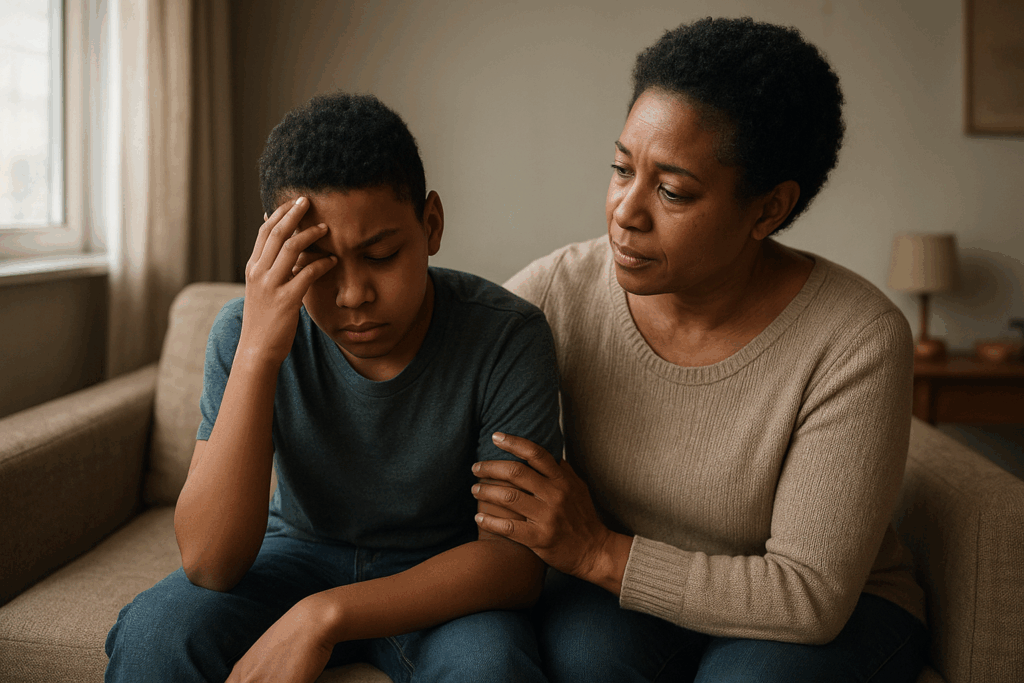
Discover how the Dr. Mooves A&D app uses dance-based cognitive training to help children manage headaches while strengthening emotional resilience and reducing anxiety.
Headaches can be frustrating but can also be a window into something deeper. Many people don’t realise that headaches in children are often connected to subclinical anxiety and depression. A recent study published in JAMA Neurology, sheds light on this connection in adults and teenagers, showing that people diagnosed with migraines, tension headaches, and posttraumatic headaches face a much higher risk of struggling with serious mental health challenges, including suicide.
The study, conducted on a Danish adult population of over 119,000 individuals with headache diagnoses, revealed that even at the age of 15, the risk of attempting and completing suicide amongst those suffering from headaches is more than 2.3 times higher compared to the general population. If headaches are connected to stress, anxiety, or depression, addressing the emotional side is just as important as managing the physical discomfort. But how is this managed in children?
At Dr. Mooves A&D, we know the link between mind and body. Our app, patented by the U.S. trains kid’s brains in a fun and engaging cognitive way by dancing. It does more than get you moving. It boosts key brain skills tied to managing subclinical feelings and stress.
According to the JAMA Neurology study, early intervention is crucial for those with headaches. The Dr. Mooves A&D App takes a proactive approach to training cognitive skills, helping individuals become more resilient to later mental health risks like managing stress and staying emotionally balanced. All while being fun, engaging, and science-backed.
If your child has headaches, consider integrating the Dr. Mooves A&D app into your routine. Together, we can reshape how we approach resilience one step, one move, and one dance at a time.
Read More About: